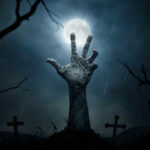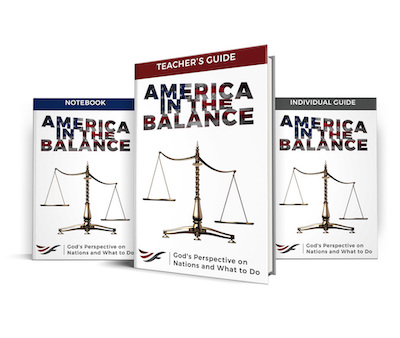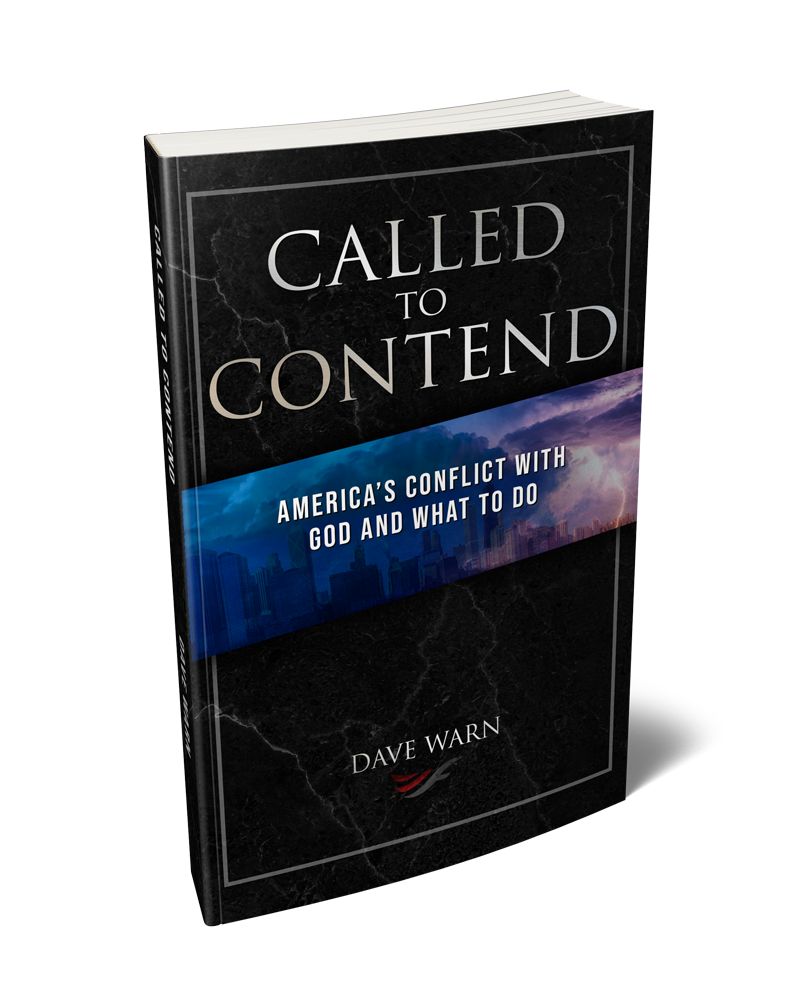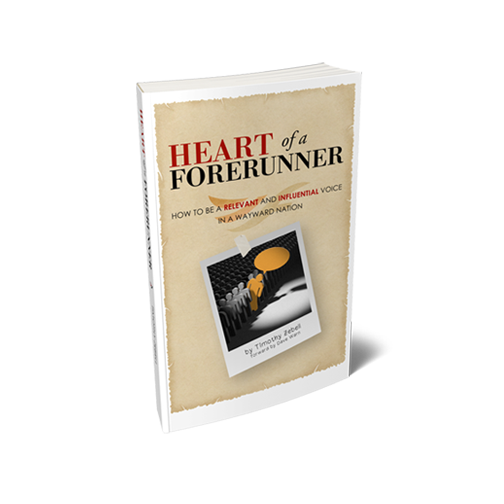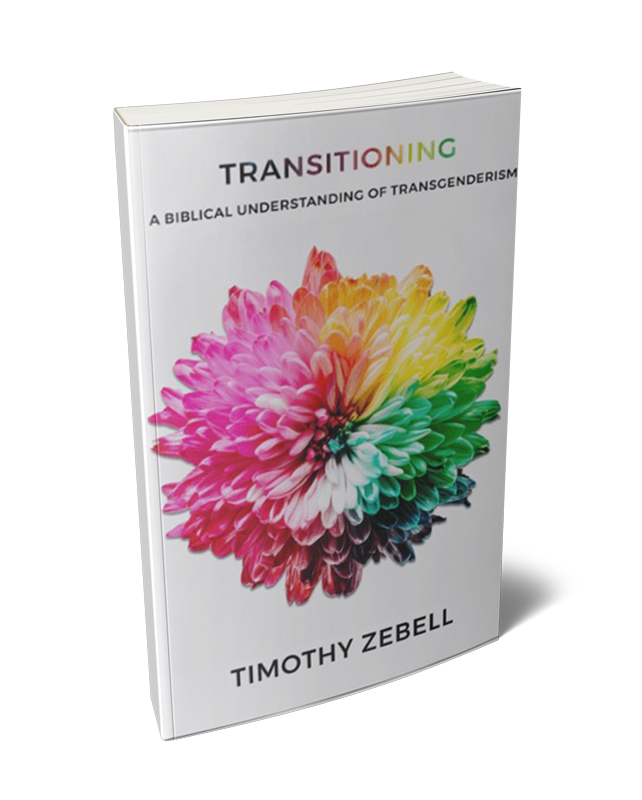In a rare display of true bipartisan messaging, the leadership of both political parties have warned that rainbow-colored fentanyl—an opioid that is 50 times more potent than heroin and 100 times more potent than morphine—may be distributed to children during Halloween.[1] “These drug traffickers are doubling down on their bet to hook young people,” Senate Majority Leader Chuck Schumer warned in a press conference.[2] “‘This is fentanyl, this is a Sweetart – you tell me the difference,’ Schumer said while holding up pictures of both the deadly pills and the tangy sweets. ‘Halloween is coming up… this is really worrisome and really dangerous,” reports the New York Post.[3] Likewise, Republican National Committee Chairwoman Ronna McDaniel told Fox News, “Every mom in the country right now is worried, what if this gets into my kid’s Halloween basket?”[4]
Moreover, the Drug Enforcement Agency (DEA) warned about fentanyl “in a variety of bright colors, shapes, and sizes” disguised as candy, identifying the pills as a “deliberate effort by drug traffickers to drive addiction amongst kids and young adults.”[5] The DEA offered no evidence to substantiate its claim that Mexican drug cartels want rainbow colored fentanyl pills “to look like candy to children and young people” as opposed to employing a new tactic for smuggling their goods into the country.[6] Nonetheless, fears that rainbow-colored fentanyl pills may be found among children’s Halloween candy quickly went viral.[7]
Perhaps we should not be surprised. Rumors and media reports worrying about contaminated Halloween candy has become a Halloween tradition in America.[8][9] However, smuggled drugs are too expensive to disseminate simply for grins and giggles, and slipping drugs into the baskets of young children would be a foolish marketing tactic. Any children who do not die from the likely overdose probably “do not have access to the kind of cash that makes for good repeat customers.”[10] Supposing, however, that some drug entrepreneurs were willing to take this risk, how are young children supposed to understand what their body craves and where to buy it if they think they simply ate a SweeTART or some Skittles?
In truth, there is nothing strange about colorful drugs.[11] According to experts contacted by NPR, “traffickers have long used bright colors in their products for reasons that have nothing to do with children. … Dealers use colors, stamps and other markers ‘to distinguish their product from other products on the street.’”[12] Moreover, when asked whether parents should worry about their children’s Halloween candy, DEA Administrator Anne Milgram told Fox News, “We have not seen any connection to Halloween.”[13]
Whether it be the fear of poisoned candy following the Tylenol poisonings in 1982 and the terror attacks of 9/11, the fear of THC-laced edibles following the 2014 Colorado’s state-licensed retail sales of marijuana and the 2019 deaths caused by vaping black market THC-infused cartridges, or the fear of spreading COVID-19 in 2020, Americans have a long history of worrying about their children’s Halloween candy.[14] Joel Best, a researcher who has tracked media coverage of reported Halloween incidents going back to 1958, has concluded that there is not “any evidence that any child has ever been killed or seriously injured by a contaminated treat picked up in the course of trick-or-treating.”[15] Why then are Americans so obsessed with the notion of contaminated Halloween candy, and how did this urban legend become so widespread?
I address these questions in my book Unmasking Halloween: The Truth behind America’s Trickiest Holiday and How to Navigate It:[16]
Social strife, sensational news reports, a growing mistrust of strangers, increased awareness of child abuse, and an ambivalence toward random violence gave rise in the 1970s to one of Halloween’s most persistent urban myths: Strangers may spike Halloween candy with drugs, poison, razor blades, or needles.[17][18] Cautionary tales of faceless Halloween sadists have long persisted, but “the general perception that Halloween sadism is a serious threat can be dated to the early 1970s,” according to sociologists and criminal justice experts, Joel Best and Gerald Horiuchi.[19] Despite being thoroughly debunked by folklorists, sociologists, and law enforcement officials,[20] approximately 24% of parents with children under the age of 12 remain concerned about poisoned treats.[21]
The seed for this fear was planted in 1959 when a California dentist named William Shyne distributed around 450 laxatives to unsuspecting trick-or-treaters.[22] By 1970 unsubstantiated rumors abounded. These were leant credibility by the New York Times in its article “Those Treats May Be Tricks”:
Those Halloween goodies that children collect this weekend on their rounds of “trick-or-treating” may bring them more horror than happiness.
Take for example, that plump red apple that Junior gets from a kindly old woman down the block. It may have a razor blade hidden inside. The chocolate “candy” bar may be a laxative, the bubble gum may be sprinkled with lye, the pop corn balls may be coated with camphor, the candy may turn out to be packets containing sleeping pills.[23]
Despite the Times’ warning that “the number of incidents involving poisonous or otherwise harmful ‘treats’ given to young hobgoblins on Halloween has been growing at a rapid rate,” such reports remain negligible. Joel Best, who literally wrote the book on this subject, has documented only 92 news reports between 1958 and 2012.[24][25] Systematic efforts to follow-up on these accounts have concluded that “virtually all the reports were hoaxes.”[26]
Even including the hoaxes, “these reports are not very common,” concludes Best, and “the incidents are not very serious.”[27] In fact, the only known deaths involving Halloween candy involve no strangers. In 1970 the New York Times reported, “A 5-year-old boy who had eaten Halloween candy laced with heroin died today without regaining consciousness.”[28] However, it was eventually revealed that the boy’s family had contrived the evidence to hide the truth that the boy had swallowed a heroin capsule from his drug-dealing uncle’s stash.[29][30]
In 1974 the New York Times again reported, “The Harris County medical examiner said today that an 8-year-old boy had died of cyanide poisoning from eating Halloween candy.”[31] However, it was later determined that the boy’s father, Ronald O’Bryan, had murdered his son. Hailed by the media as “the Candyman,” O’Bryan added the poison to a giant pixie stick and gave it to his son in an effort to collect on the child’s life insurance policy.[32]
Decades later, the New York Times would report, “In both these cases, the danger came – as a Halloween-themed movie might demand it – from inside the house: from relatives, not strangers.”[33] There simply is insufficient evidence to merit the widespread fear of strangers spiking Halloween candy. Instead, Joel Best and Gerald Horiuchi conclude:
Long celebrated through vandalism and extortion, Halloween has been a symbolic expression of disorder. Today, the Halloween sadist has become an annual reminder of the fragility of the social bond – an expression of growing doubts about the safety of children, the trustworthiness of strangers, and the strength of the modern urban community.[34]
Halloween naturally affords plenty of opportunity to be afraid. We do not need to add to the mix worry about unfounded rumors that are rooted in an urban legend. There is no reason to assume that our neighbors, who are generous enough to purchase candy for strangers, are pushing drugs or other evils upon our children. However, this fear would be a moot point if we had meaningful relationships with our neighbors. If we knew our neighbors, we would know what level of concern is reasonable. Perhaps this Halloween, rather than eye our neighbors with suspicion, we can take advantage of the opportunity that traditions like trick-or-treat afford us to introduce ourselves and to begin to get to know our neighbors.
Click here to download a FREE copy of Unmasking Halloween! 
Free Downloads
Share...
1. “DEA Warns of Brightly-Colored Fentanyl Used to Target Young Americans.” Press Release. United States Drug Enforcement Administration, August 30, 2022. Last updated October 12, 2022. https://www.dea.gov/press-releases/2022/08/30/dea-warns-brightly-colored-fentanyl-used-target-young-americans.
2. Kaonga, Gerrard. “Church Schumer Fuels ‘Rainbow Fentanyl’ Halloween Fears.” News. Newsweek, September 26, 2022, 4:29 a.m., EDT. https://www.newsweek.com/chuck-schumer-fentanyl-halloween-candy-children-fear-dea-drug-dealers-1746133.
3. Schnitzer, Kyle and Ben Kesslen. “Sen. Chuck Schumer Wants $290M to Help Fight Deadly ‘Rainbow Fentanyl.’” News. New York Post, September 25, 2022, 5:00 p.m. Last updated September 25, 2022, 7:56 p.m. https://nypost.com/2022/09/25/sen-chuck-schumer-wants-290m-to-help-fight-deadly-rainbow-fentanyl/.
4. Fox News. “McDaniel: Democrats’ Stances on Crime Are ‘Frightening’ to Voters.” YouTube Video, 6:00. September 20, 2022. https://www.youtube.com/watch?v=HbTqTnhfYvo&t=217s.
5. “DEA Warns of Brightly-Colored Fentanyl Used to Target Young Americans.”
6. “DEA Warns of Brightly-Colored Fentanyl Used to Target Young Americans.”
7. Mann, Brian. “Is ‘Rainbow Fentanyl’ a Threat to Your Kids This Halloween? Experts Say No.” National. National Public Radio, October 11, 2022, 5:00 a.m., ET. https://www.npr.org/2022/10/11/1127168627/is-rainbow-fentanyl-a-threat-to-your-kids-this-halloween-experts-say-no.
8. Best, Joel. “Rainbow Fentanyl – The Newest Halloween Scare.” Conversation, October 12, 2022, 11:23 a.m., EDT. https://theconversation.com/rainbow-fentanyl-the-newest-halloween-scare-191818.
9. Huberman, Bod. “Bad Candy.” Snopes, October 11, 2019. https://www.snopes.com/collections/bad-candy/.
10. Mann, “Is ‘Rainbow Fentanyl’ a Threat to Your Kids This Halloween? Experts Say No.”
11. Schnitzer, “Sen. Chuck Schumer Wants $290M to Help Fight Deadly ‘Rainbow Fentanyl.’”
12. Mann, “Is ‘Rainbow Fentanyl’ a Threat to Your Kids This Halloween? Experts Say No.”
13. “DEA Official Warns of ‘Rainbow Fentanyl’ Dangers ‘All over Social Media.’” America’s Newsroom. Fox News, September 28, 2022, 4:24. https://www.foxnews.com/video/6312978967112.
14. Best, “Rainbow Fentanyl – The Newest Halloween Scare.”
15. Best.
16. Zebell, Timothy. Unmasking Halloween: The Truth behind America’s Trickiest Holiday and How to Navigate It, 195–197. Imprint, 2021.
17. Grider, Sylvia. “The Razor Blades in the Apples Syndrome.” Perspectives on Contemporary Legend. Ed. Paul Smith. Sheffield: Sheffield Academic Press, 1984.
18. Skal, David. Death Makes a Holiday: A Cultural History of Halloween, 3–4. New York: Bloomsbury, 2002.
19. Best, Joel and Gerald Horiuchi. “The Razor Blade in the Apple: The Social Construction of Urban Legends.” Social Problems 32, no. 5 (1985), 492.
20. Brunvand, Jan Harold. Encyclopedia of Urban Legends, Vol. I. Oxford: ABC-CLIO, 2012.
21. “Halloween Safety: A National Survey of Parents’ Knowledge, Attitudes, and Behaviors.” Safe Kids Worldwide. Harris interactive poll, 2011. https://www.safekids.org/sites/default/files/documents/ResearchReports/halloween-research-report.pdf.
22. Kawash, Samira. Candy: A Century of Panic and Pleasure, 272. New York: Farrar, Straus, and Giroux, 2013.
23. Klemesrud, Judy. “Those Treats May Be Tricks.” New York Times, October 28, 1970. TimesMachine. https://timesmachine.nytimes.com/timesmachine/1970/10/28/76790088.html?pageNumber=83.
24. Best, Joel. “Halloween Sadism: The Evidence.” JoelBest.net, n.d. Accessed August 10, 2020. https://www.joelbest.net/halloween-sadism.
25. Reports came from the leading newspapers in the three largest metropolitan areas—New York Times, Los Angeles Times, and Chicago Tribune—and from the Fresno Bee. At the time, Joel Best lived in Fresno California.
26. Best, “The Razor Blade in the Apple,” 491.
27. Best, “Halloween Sadism: The Evidence.”
28. “Candy Suspected in Death of Boy, 5.” New York Times, November 7, 1970. TimesMachine. https://timesmachine.nytimes.com/timesmachine/1970/11/07/83674848.html?pageNumber=33.
29. “Boy, 5, Who Died of Heroin May Have Taken a Capsule.” New York Times, November 10, 1970. TimesMachine. https://timesmachine.nytimes.com/timesmachine/1970/11/10/80496891.html?pageNumber=51.
30. Skal, Death Makes a Holiday, 7.
31. “Boy Killed by Cyanide Put in Halloween Candy.” New York Times, November 2, 1974. TimesMachine. https://timesmachine.nytimes.com/timesmachine/1974/11/02/80231360.html?pageNumber=65.
32. “Wife Takes Stand at Husbands Trial in Son’s Poisoning.” New York Times, May 29, 1975. TimesMachine. https://timesmachine.nytimes.com/timesmachine/1975/05/29/80045599.html?pageNumber=46.
33. Carroll, Aaron. “It’s Halloween. Beware Urban Legends (and Cars).” New York Times, October 28, 2019. https://www.nytimes.com/2019/10/28/upshot/its-halloween-beware-urban-legends-and-cars.html.
34. Best, “The Razor Blade in the Apple,” 497.
Unless otherwise noted, all Scripture quotations are taken from The Holy Bible, English Standard Version, copyright ©2001 by Crossway Bibles, a publishing ministry of Good News Publishers. Used by permission. All rights reserved.



